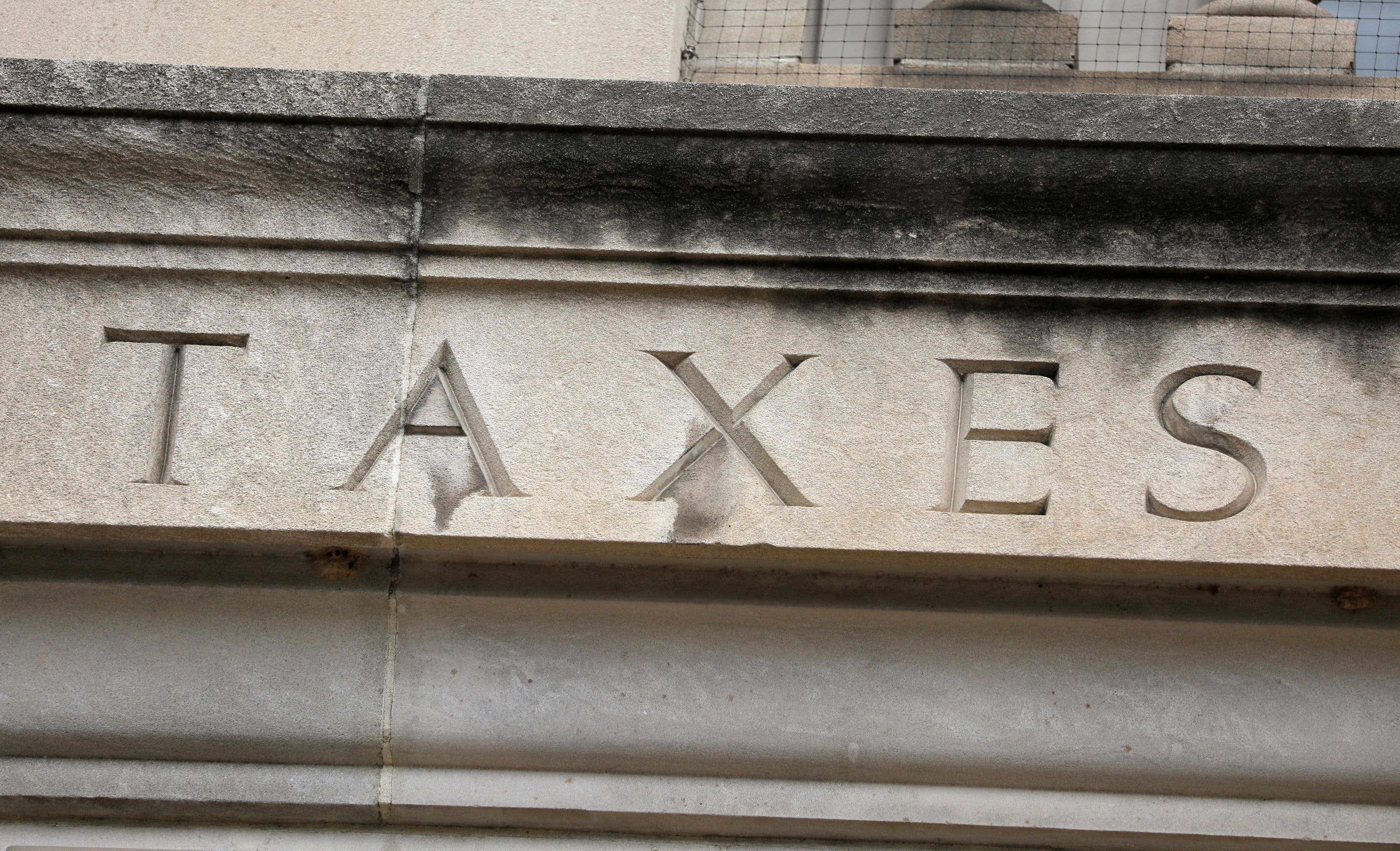Top earners in New York City could face a combined city, state and federal income tax rate of 61.2%, according to plans being proposed by Democrats in the House of Representatives.
The plans being proposed include a 3% surtax on taxpayers earning more than $5 million a year. The plan also calls for raising the top marginal income tax rate to 39.6% from the current 37%. The plans preserve the 3.8% net investment income tax, and extend it to certain pass-through companies.
The result is a top marginal federal income tax rate of 46.4%. The marginal rate is the rate for every dollar above the tax bracket income threshold.
In New York City, the combined top marginal state and city tax rate is 14.8%. So New York City taxpayers who earn more than $5 million a year would face a combined city, state and federal marginal rate of 61.2% under the House plan.
The House plan is still a proposal and could change. Yet the combined rates for New York City would be among the highest in nearly 40 years.
Top earning Californians would face a combined marginal rate of 59.7%, while those in New Jersey would face a combined rate of 57.2%. Hawaii could face combined rates of 57.4%.
At the same time, there is no indication that the House plan includes a repeal or changes to the current $10,000 cap in state and local tax deductions. Repealing the SALT cap would largely benefit high earners in high-tax states, some of whom saw tax increases under the 2017 tax plan because they could no longer deduct as much of their state and local taxes.
People familiar with the tax plans say it’s still possible that House leaders will seek to change the SALT limits in future proposals.
